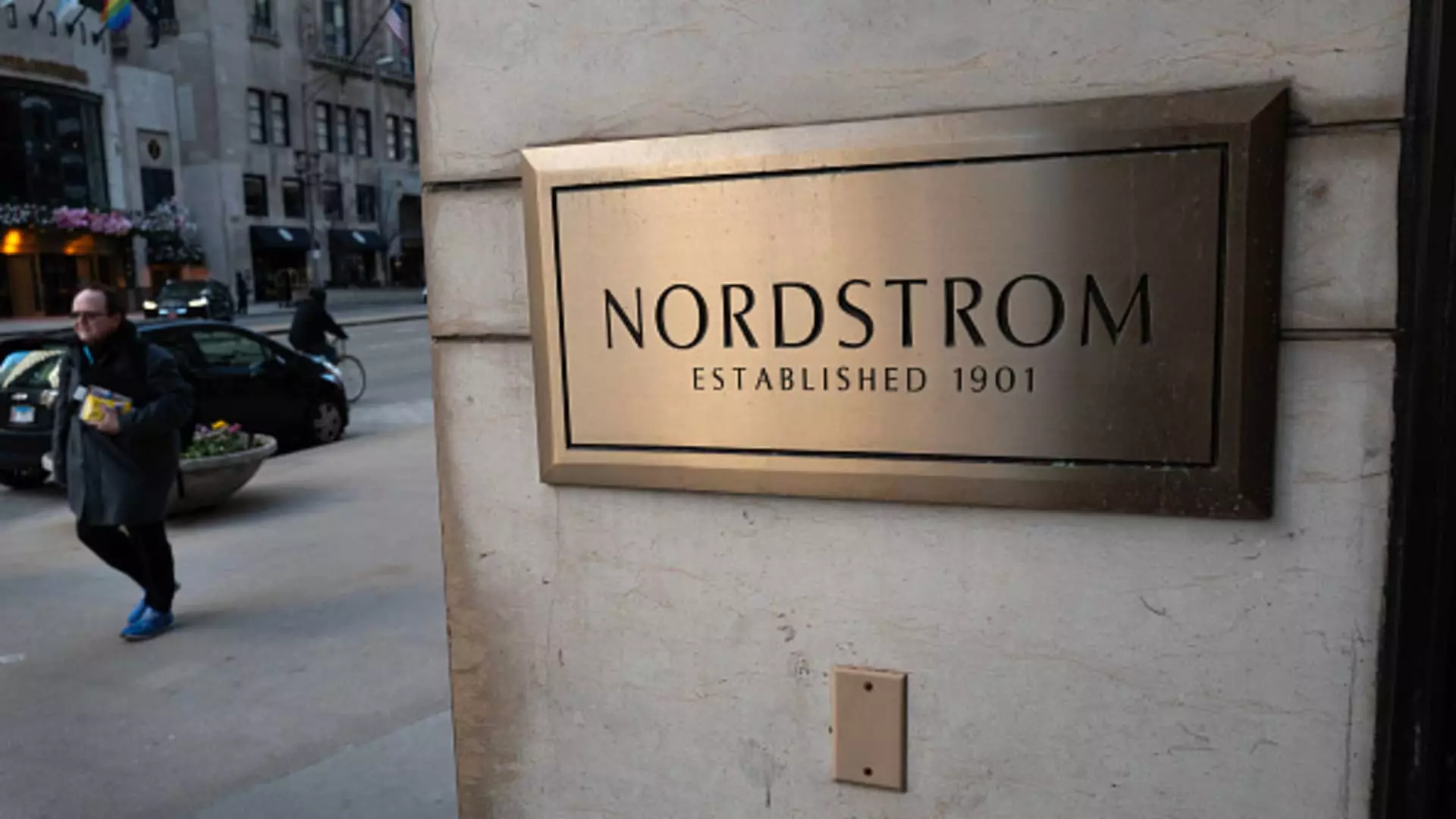In a landmark move, Nordstrom has announced plans to transition from a publicly traded entity to a privately held company following a buyout agreement valued at approximately $6.25 billion. This strategic decision comes with the backing of the founding Nordstrom family alongside Mexican retailer El Puerto de Liverpool. The deal, which has been unanimously approved by Nordstrom’s board of directors, is projected to close in the first half of 2025. Notably, in this arrangement, the Nordstrom family will secure a majority share, holding 50.1%, while El Puerto de Liverpool will maintain a substantial minority stake of 49.9%.
The transition comes at an opportune time as the company grapples with fluctuating market dynamics and changing consumer preferences. Shareholders will receive $24.25 per share, bringing a significant liquidity event for those invested in Nordstrom’s stock. This move is not unprecedented, as the retailer previously attempted a similar buyout in 2018, which ultimately did not materialize.
Erik Nordstrom, the company’s CEO, expressed optimism about this new chapter in the retailer’s storied history, which dates back over a century. He articulated the enduring mission of Nordstrom—helping customers feel good and look their best—and emphasized a commitment to ensuring the company’s prosperity going forward. The leadership is keen on leveraging this transition to reinforce its foundational values while adapting to evolving market challenges.
The implications of this buyout extend beyond mere operational changes; they signal a potential reorientation in Nordstrom’s market strategy. As a private entity, Nordstrom may have more room to maneuver in terms of its business model, strategic initiatives, and even its investment in innovation and customer experience.
Despite a strong fiscal performance in November, where Nordstrom exceeded Wall Street expectations with a 4% year-over-year revenue growth, there remains a cautious outlook for the upcoming holiday season. The company has signaled a reservation about its full-year sales forecast amid growing pressures from competing retailers, which are also feeling the squeeze of shifting consumer behaviors. As shoppers become more discerning in their purchasing, focusing on essentials over luxuries, Nordstrom must adeptly navigate this landscape to maintain its position.
The luxury retail sector, in particular, has faced challenges, as consumers are prioritizing value. Major competitors such as Walmart and Target have witnessed similar trends, where discretionary spending is increasingly challenged by economic pressures. It will be critical for Nordstrom to recalibrate its strategies to attract customers who are both price-sensitive and seeking quality.
Nordstrom’s roots trace back to its inception as a shoe store in 1901, evolving into a hallmark of modern retail that encompasses over 350 locations, including Nordstrom Local and Nordstrom Rack. This legacy of adaptability positions the company uniquely within the industry. As El Puerto de Liverpool, which operates multiple department store chains and shopping centers in Mexico, joins the Nordstrom family, there lies potential for cross-border synergy and new growth opportunities.
This change heralds not just a fresh chapter for Nordstrom, but also a call to action to redefine its narrative in the competitive retail arena. By embracing its heritage while innovating to meet contemporary consumer demands, Nordstrom may very well pave a resilient path toward sustained success in the years to come. The voyage ahead, steered by a guiding family hand, could reestablish Nordstrom as a leader in both fashion and customer experience.

